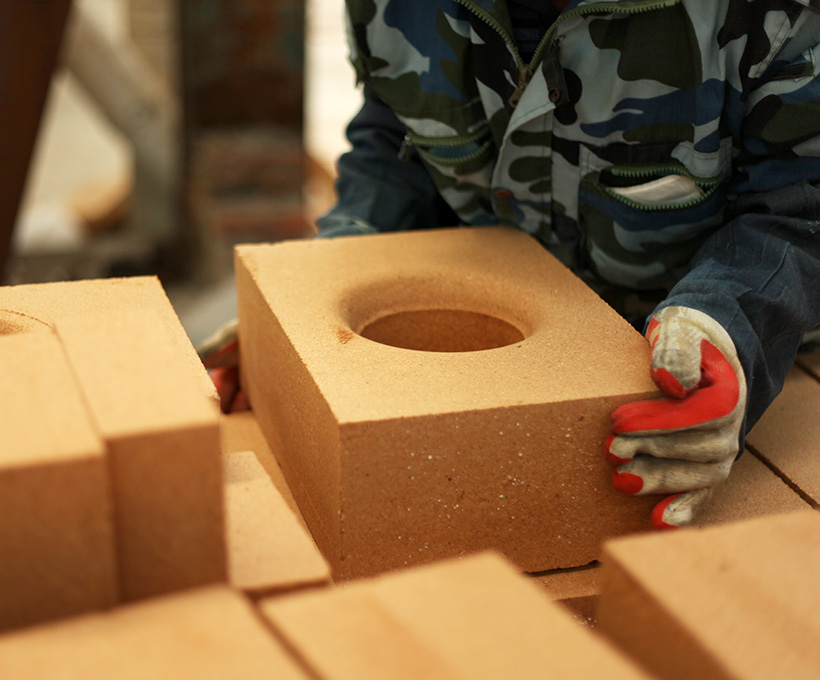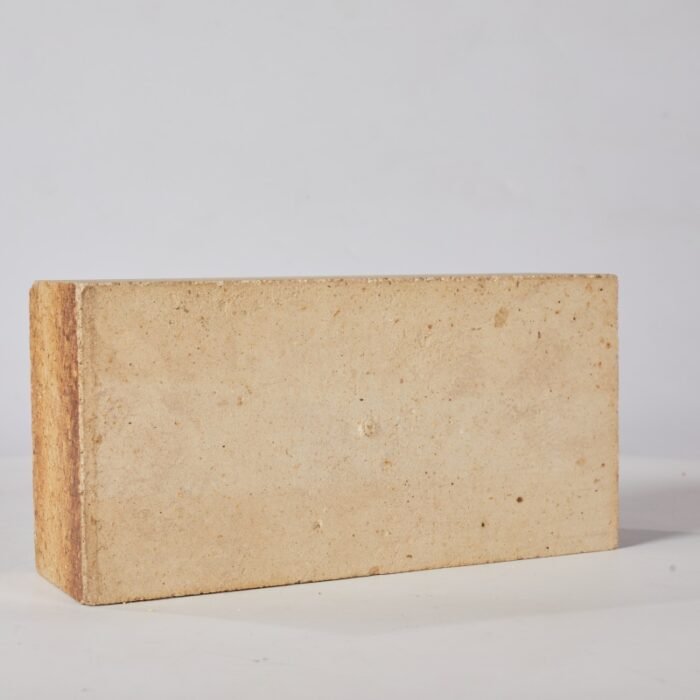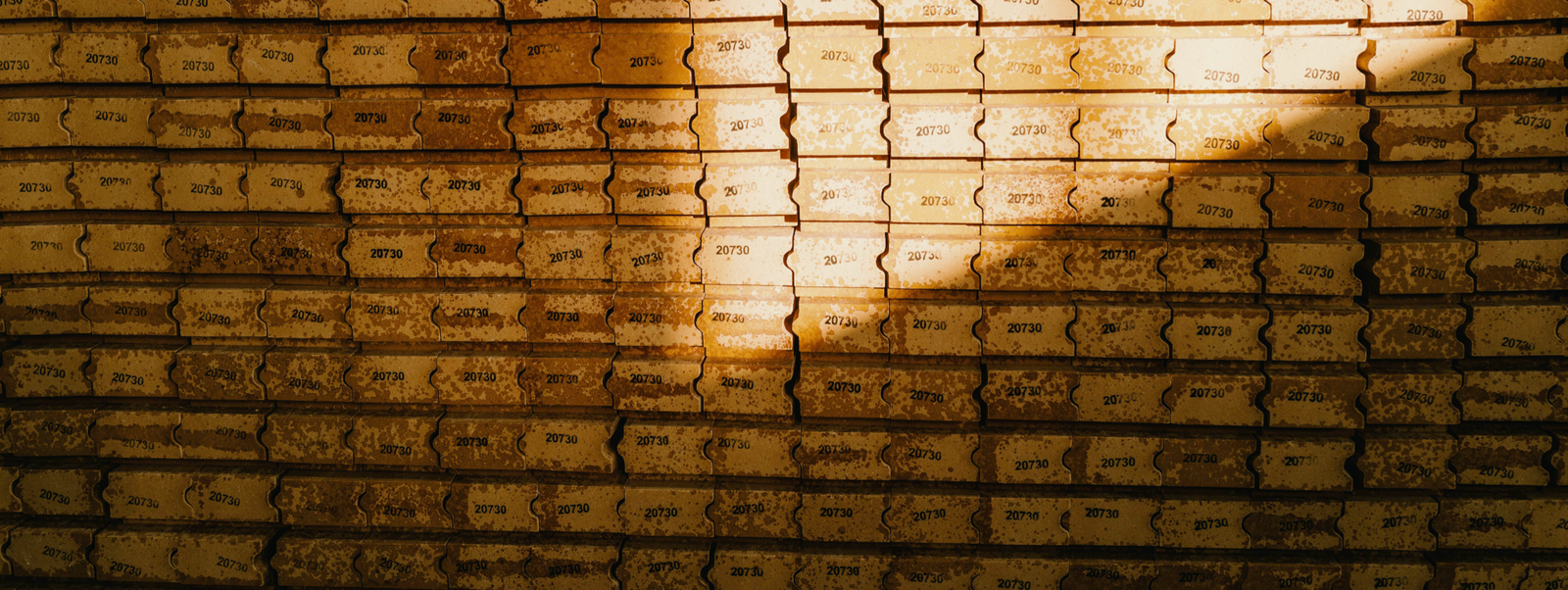Steel ladles are primarily used for containing molten steel. Before tapping, the ladle must be preheated and baked. During tapping, molten steel at approximately 1650°C is poured from the furnace into the ladle. The ladle not only endures intense thermal and mechanical shocks from the molten steel but also suffers chemical erosion from a small amount of slag and molten metal. In particular, the bottom of the ladle experiences more severe damage.
Additionally, steel ladles operate cyclically, with significant temperature fluctuations and frequent thermal cycling, which further deteriorates their service life.
In recent years, as steelmaking ladles have grown in size, the widespread adoption of continuous casting and vacuum technology has imposed even harsher working conditions. The temperature of molten steel has increased further, exceeding 1700°C, and the holding time has been prolonged.
During refining processes, some ladles are used under vacuum conditions, while others are subjected to high-temperature arc heating and intense stirring. Moreover, the amount of slag increases significantly, placing higher demands on the material quality of the ladle.
High Alumina Refractory Brick
t has good high temperature fire resistance
High temperature resistance, good fire resistance
Low impurity content
Good thermal shock resistance
Excellent resistance to slag wear
Good cold pressing strength
Applications Of High Alumina Brick
Nonferrous Metal Furnace
Rotary & Shaft Kiln
Various Incinerator
Reheating Furnace
Permanent Lining For EAF Ladle
General Industrial Furnace etc.






